From the Pastor’s Desk
Dear St. Mary’s Parishioners:
For this week’s contribution, I would like to share with you an interview that I conducted with Dominick DiCarlo who has served as the Director of Music at St. Mary’s since last summer. My questions are in italics followed by Dominick’s answers.
How long have you been a sacred music minister?
I’ve been involved in sacred music since I was a child, singing at St. James School and Parish in Davis. In college I was the assistant director of the choir at St. Stephen Parish, Sacramento where I began working with young choristers. It was during this time that I fell in love with the liturgy and liturgical music in particular as a powerful form of prayer. I got my first position as church choir director when I moved to Tampa, Florida eight years ago. Shortly after that I joined the faculty at Jesuit High School in Tampa where I taught theology and directed the liturgical music program. I spent seven years at Jesuit, working with high school boys and introducing them to the musical tradition of the Universal Church, what the documents of Vatican II call “a treasure of inestimable value, greater even than that of any other art.” (SC 112 § 1) I particularly enjoyed this challenging and rewarding experience of bringing young people to experience and participate in the true, the good, and the beautiful.
What kind of music training did you have? (family, school, etc)
I sang with the Davis High School Madrigal Choir and played french horn in the high school band and orchestra. I got my BA in music at UC Davis where I sang and played in multiple ensembles. I also sang in the Sacramento Capella Antiqua which was a semi-professional choir that performed at the Cathedral and was the assistant director for the Louis A. Botto choir, a youth education and outreach choir organized by Chanticleer.
What age groups have you worked with over the years?
I have worked with children from pre K to12th grade, college students, amateur and professional adults. I think that sacred music is a life-long endeavor in which the entire community at all ages should be involved.
How do you decide what hymns to choose for the Mass?
I try to pick hymns first and foremost that are appropriate for the liturgical season and feast. Obviously, it wouldn’t be good to do Lenten hymns during Easter! Secondly, I try to pick enough hymns that are familiar and repeat new hymns so that people will be able to sing along. Thirdly, I try to pick hymns with deep theological texts and musical tunes from a variety of sources from Gregorian chants like “Godhead here in hiding”, through French, German, and English hymn tunes of the past several hundred years and more modern American hymns. In totality the goal is to draw from the best of the rich vernacular hymn tradition of the Church.
How do you decide which Ordinary setting of the Mass to use?
The tradition of the church has 18 different chant ordinaries which have developed over the centuries. We use these chant settings to follow the General Instruction of the Roman Missal (GIRM 41) which states that “Gregorian chant holds pride of place because it is proper to the Roman Liturgy.” Some of these are traditionally sung during different seasons (Advent, Lent, Easter, Ordinary Time, Feasts of Mary) while other settings are for more general use. So far, we have only used three of these chant ordinaries in the hope to grow familiarity with them and encourage congregational singing. Eventually the goal is to have four or five ordinaries that are familiar to everyone and which can be used alternately throughout the liturgical year. Occasionally the choir may sing a polyphonic (multiple choir parts) ordinary for a special occasion like Christmas or Easter, but this is an exception as the goal is to have the majority of the congregation singing these familiar texts for the mass.
Why does the choir/cantor chant the antiphons?
The antiphons of the mass (Entrance Antiphon, Offertory Antiphon, and Communion Antiphon) are liturgical texts which are assigned to be sung at those times in the mass, much like the readings, and are assigned to particular days in the Church’s liturgical calendar. The melodies we use are English versions of the original Gregorian chant melodies sung for over a thousand years, though the texts of the antiphons can certainly be sung to other melodies, such as hymn tunes or choral settings.
Why is Latin prayed at Mass?
The documents of the Second Vatican Council, in allowing vernacular especially for things like readings and songs during the mass, reiterate that Latin remains the norm of the Latin rite and say specifically regarding the Ordinary: “steps should be taken so that the faithful may also be able to say or to sing together in Latin those parts of the Ordinary of the Mass which pertain to them.” (SC 54) I think that the Ordinary of the Mass is a particularly good place to use Latin for two reasons: the texts don’t change so it’s relatively easy to understand the meaning of what is being sung, and secondly, when we come together as a bilingual community, we can together sing the words of the liturgy in a common tongue.
May you have a most blessed week, and Happy Easter!
In Jesus through Mary,
Father Berg
